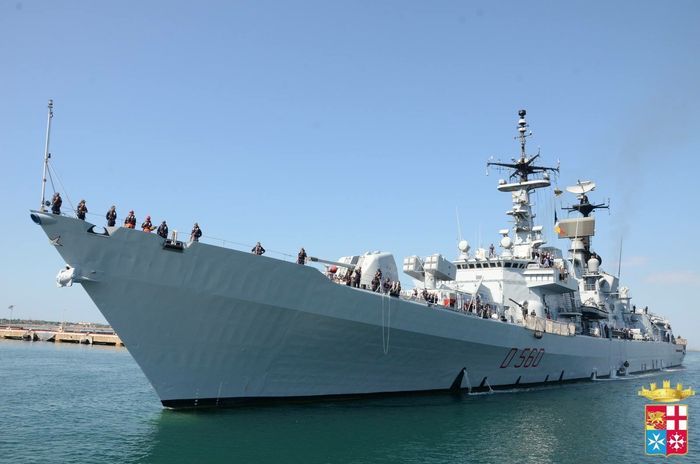This website uses cookies so that we can provide you with the best user experience possible. Cookie information is stored in your browser and performs functions such as recognising you when you return to our website and helping our team to understand which sections of the website you find most interesting and useful. More information in our Privacy Policy
BIOS
Superhydrophobic, biomimetic materials
Principal Investigator: Mariarosa Raimondo
Involved personnel: Federico Veronesi, Maria Caruso, Alessandro Corozzi
Administrative management & Financial reporting: Laura Mengozzi
Starting date: 08/28/2020
Duration: 10 months
Total funding: 303.095,00 €
Action: Piano Nazionale della Ricerca Militare – Ministero della Difesa
Project Coordinator: Mariarosa Raimondo
Consortium: CNR-ISTEC, CNR-INM (Rome)
The project aims at the development of innovative materials and technologies for application in the control, propulsion and communications of sea vehicles. The project envisages the surface treatment of metals and composites to control their wetting properties through the deposition of nanostructured hybrid coatings, which confer superhydrophobic, amphiphobic or amphiphilic behavior. Such materials with controlled wetting properties and their related fabrication technologies will be designed as ad-hoc solutions for the naval field, specifically to reduce drag resistance and vibration propagation and to activate ant-fouling and fouling-release phenomena on the surface.
Project objectives
- Bestowing repellency towards liquids (water, liquids with low surface tension) on the surface of materials and components for the naval field
- Design of functional superhydrophobic surfaces (SH). Deposition of nanostructured coatings with hybrid composition, made of a ceramic layer (Al2O3, SiO2, TiO2) hybridized with polymers, eventually infused with lubricants having different surface tension and viscosity. The goal is to maximize the water repellency of coated surfaces and to guarantee durable performance in the expected operational conditions
- Characterization of the drag reduction properties of SH coatings through dynamometric tests in a hydrodynamic tunnel on flat samples. Characterization of the ability of SH surfaces to reduce vibrations induced by the turbulent boundary layer and self-induced noise. Characterization of the influence of SH coatings on the boundary layer separation phenomena observed on the surface of specific control elements (cylinder, wing profile) with evaluation of their impact on resistance and lift
- Characterization of the ability of SH surfaces with different geometries to reduce vibration and self-induced noise. Durability tests on coated surfaces. Comparison of the properties shown by different coatings and definition of guidelines for their industrial application
- Characterization of the anti-fouling and fouling-release properties of SH or amphiphilic coatings (i.e. with double functionality) through tests in tanks with controlled environment or in sea environment. The aim is to investigate the relationships between microstructural and surface energy properties of hybrid coatings and their expected reduced fouling adhesion and/or enhanced fouling-release properties . Different environmental conditions will be simulated to identify the ones that maximize coating effectiveness.

